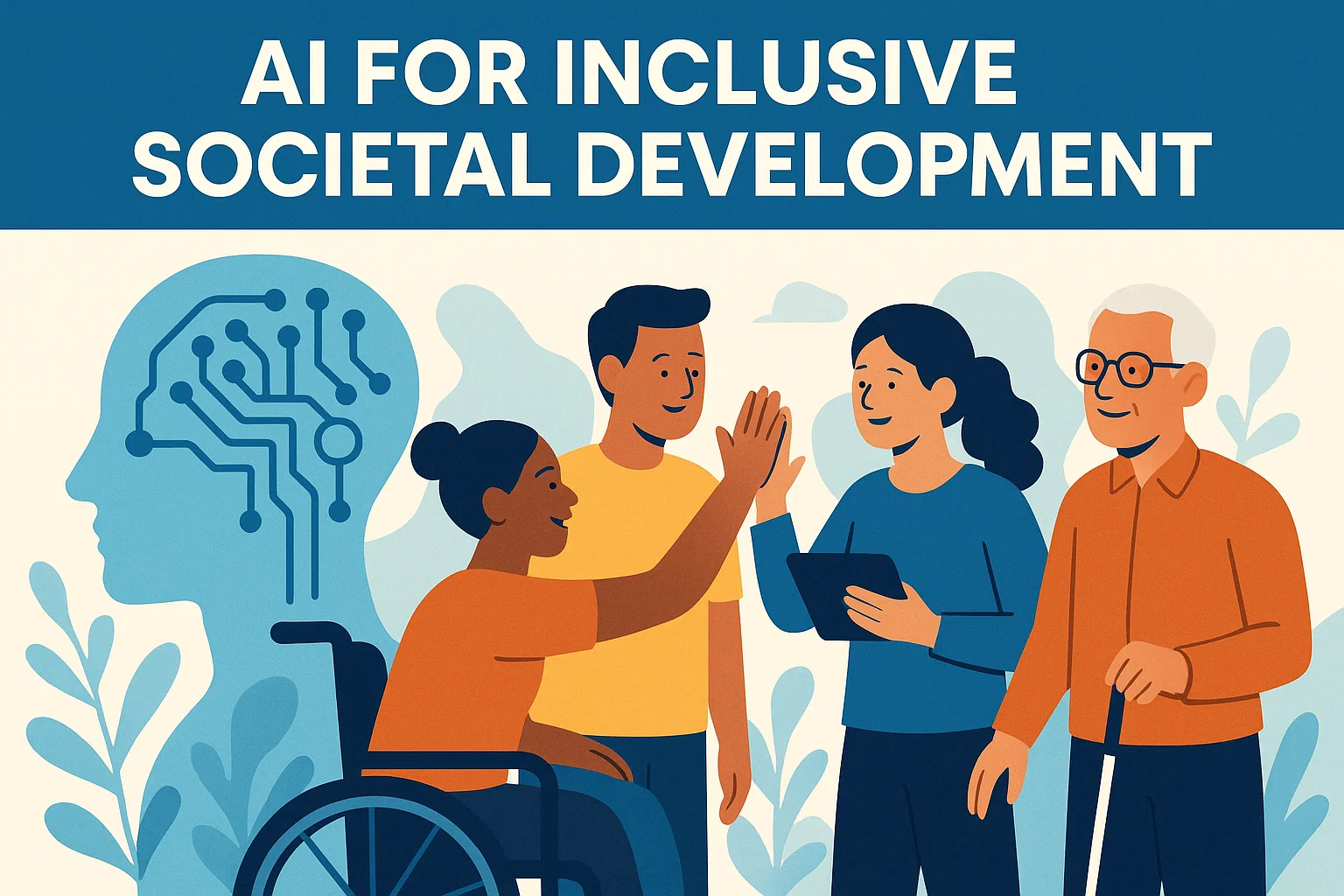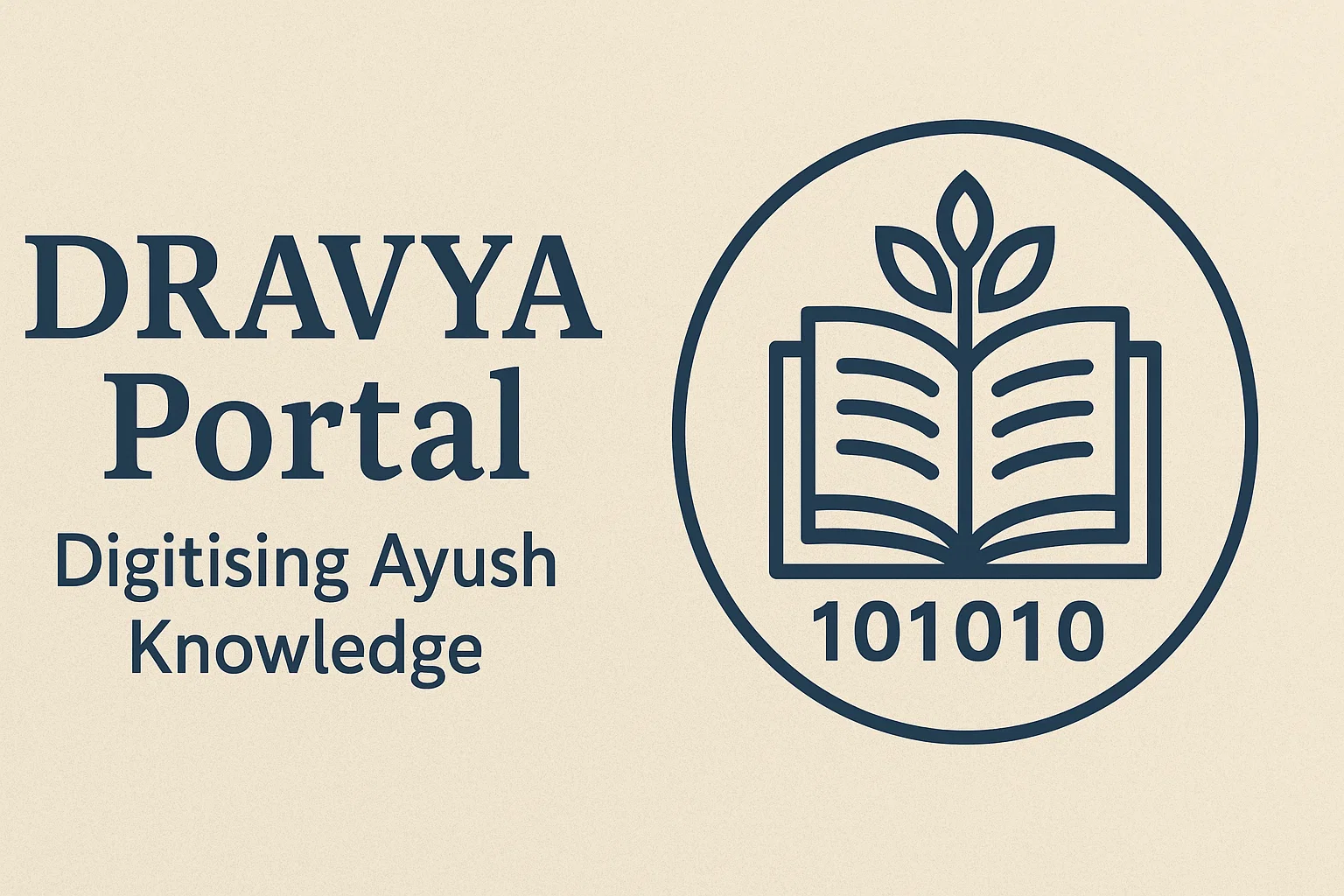Font size:
Print
India’s Middle-Class Conundrum
The middle class seems missing from our growth story
Context: India’s economy posted a strong 7.4% year-on-year growth in Q4 of FY 2024–25, and is expected to grow at 6.5% for the full fiscal year.
More on News
- While this marks a moderation from the 9.2% expansion recorded in 2023–24, India remains one of the fastest-growing major economies.
- Amid this backdrop, a key question arises: can India’s expanding middle class fuel a sustained consumption-led growth trajectory, similar to China’s boom from 2000 to 2010?
What is the Present Status?
- According to research group PRICE, India’s middle class includes individuals earning between ₹1.09 lakh and ₹6.46 lakh annually (2020–21 prices), or households with incomes between ₹5 lakh and ₹30 lakh.
- This demographic is set to grow from 432 million in 2020–21 to 715 million by 2030–31, and surpass 1 billion by 2047—accounting for 61% of India’s projected population.
India’s Labour Market and Middle-Class Growth
- As per the Periodic Labour Force Survey (PLFS), unemployment rose to 5.6% in May from 5.1% in April 2025, with urban youth (aged 15–29) facing 17.9% joblessness.
- Most new jobs are informal or gig-based, offering limited income security or career progression.
- Private estimates by CMIE reveal even deeper concerns. Its labour force participation rate estimate—40–45%—is significantly lower than PLFS’s 50–55%, owing to stricter definitions that exclude unpaid or marginal work.
- This gap highlights the fragile foundation on which many middle-class livelihoods rest, making families hesitant to spend on high-ticket items.
Credit Growth and Its Discontents
- While digital lending has grown, it is skewed toward small-ticket, high-cost personal loans.
- As per a Fitch Ratings report (January 2025), the rise in unsecured lending poses asset-quality risks to banks.
- Moreover, lack of formal employment and income proof makes it harder for middle-class households to access affordable, large-scale loans.
What are the Challenges Associated with the Middle Class in India?
- Rising Inflation and Cost of Living: Inflation has eroded the real income of the middle class, making it difficult to afford basic necessities.
- Stagnant Incomes and Increasing Debt: This has forced many middle-class families to take on more debt, with household debt reaching 38% of GDP in FY23.
- Job Losses Due to Automation: Automation and technological advancements, including AI, are replacing traditional middle-class jobs in both manufacturing and white-collar sectors, leading to job insecurity and underemployment.
- Unemployment and Underemployment: High levels of unemployment or underemployment contribute to financial insecurity and limit stable income sources for many middle-class families.
- Limited Access to Quality Education and Healthcare: Privatisation and rising costs have made quality education and healthcare less affordable, impacting the middle class disproportionately.
- Social and Structural Issues: The heterogeneous nature of the middle class, including public sector employees, gig workers, and informal workers, makes it difficult to design targeted policies.
- Lower Political Participation and Representation: Middle-class concerns are often underrepresented in policymaking due to lower voter turnout and lack of organised pressure groups.
Government Measures to Address Middle-Class Challenges
- Income Tax Reforms and Financial Relief: The government has raised income tax exemption thresholds and introduced a simplified tax regime, allowing individuals earning up to ₹12 lakh (₹12.75 lakh with standard deduction) to pay no income tax under the new regime.
- Affordable Housing Initiatives: Pradhan Mantri Awas Yojana (PMAY) aims to make home ownership affordable for the middle class.
- The Special Window for Affordable and Mid-Income Housing (SWAMIH) Fund 2 with ₹15,000 crore to complete stressed housing projects and support middle-class families paying EMIs or rent.
- Support for Entrepreneurs and MSMEs: Enhanced Mudra loans scheme to provide greater financial support to small and micro entrepreneurs.
- Subsidies and Sustainable Energy: PM Surya Ghar Muft Bijli Yojana subsidises solar panel installation, providing free electricity to middle-class households, reducing their energy costs.
- Social Security and Healthcare for Gig Workers: Registration and identity cards for gig workers on the e-Shram portal, with healthcare coverage under PM Jan Arogya Yojana, benefiting about 1 crore gig workers.
What is the Way Forward?
India has the demographic strength and economic momentum needed for a consumption-led revival. But unlocking this potential requires:
- Mass job creation with formal contracts and career mobility
- Affordable urban housing for first-time buyers
- Wider access to credit through reforms in financial inclusion and income verification
- Wage growth driven by skilled employment, not informal gigs


